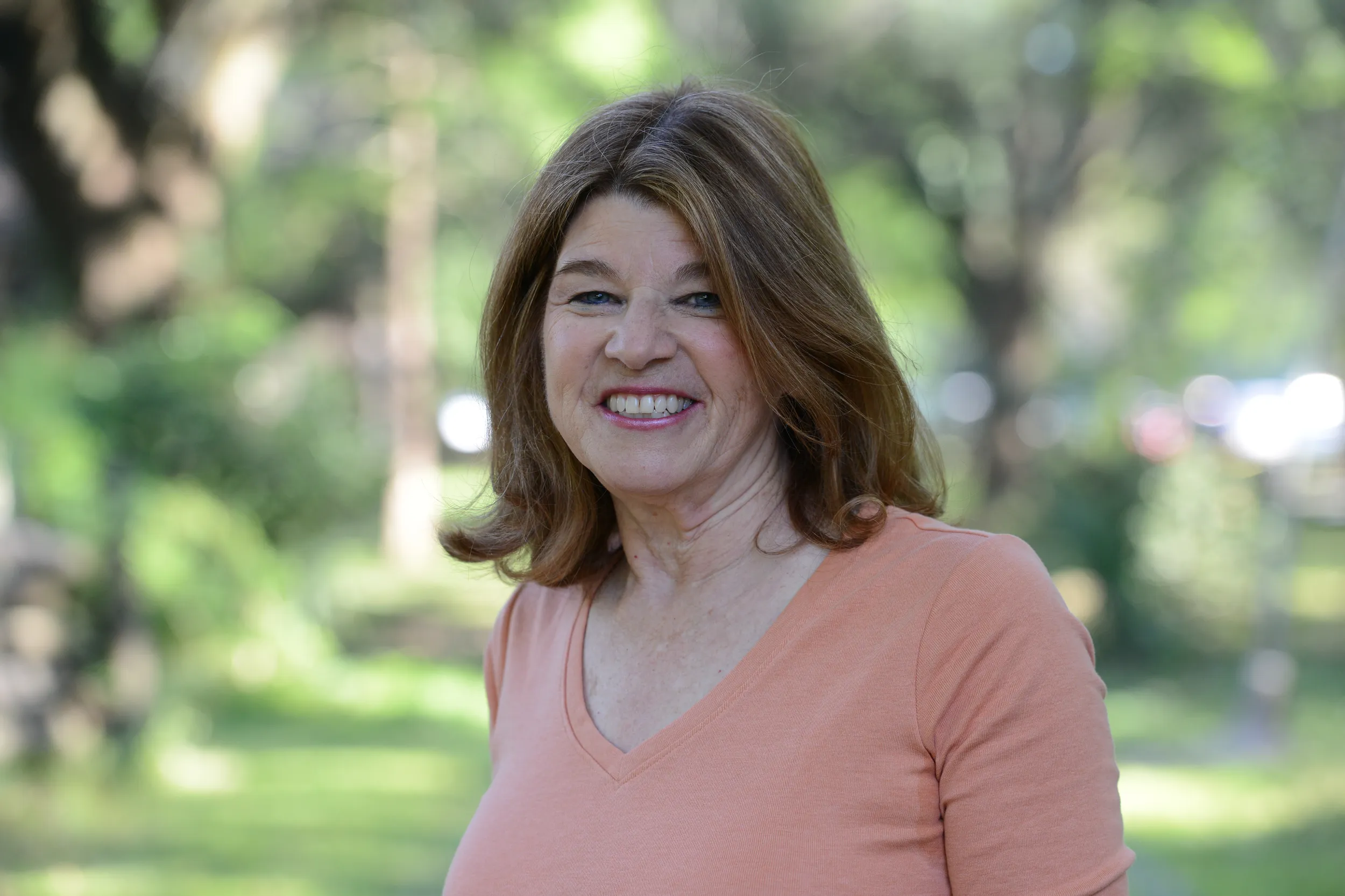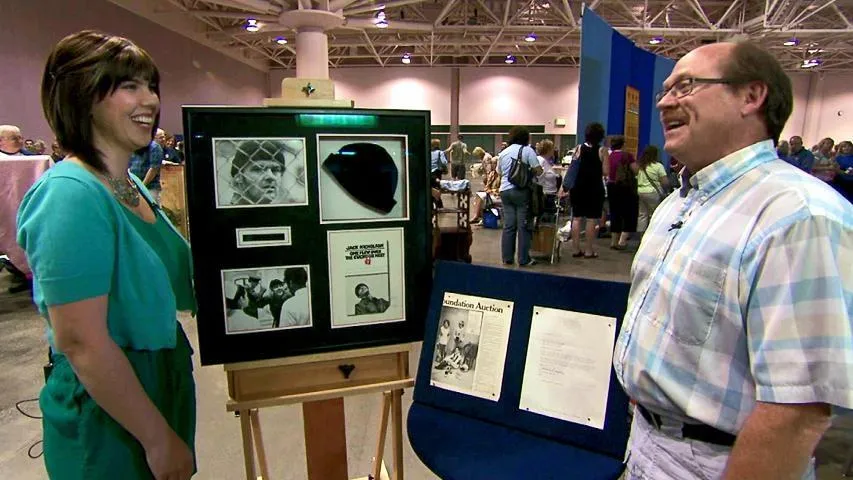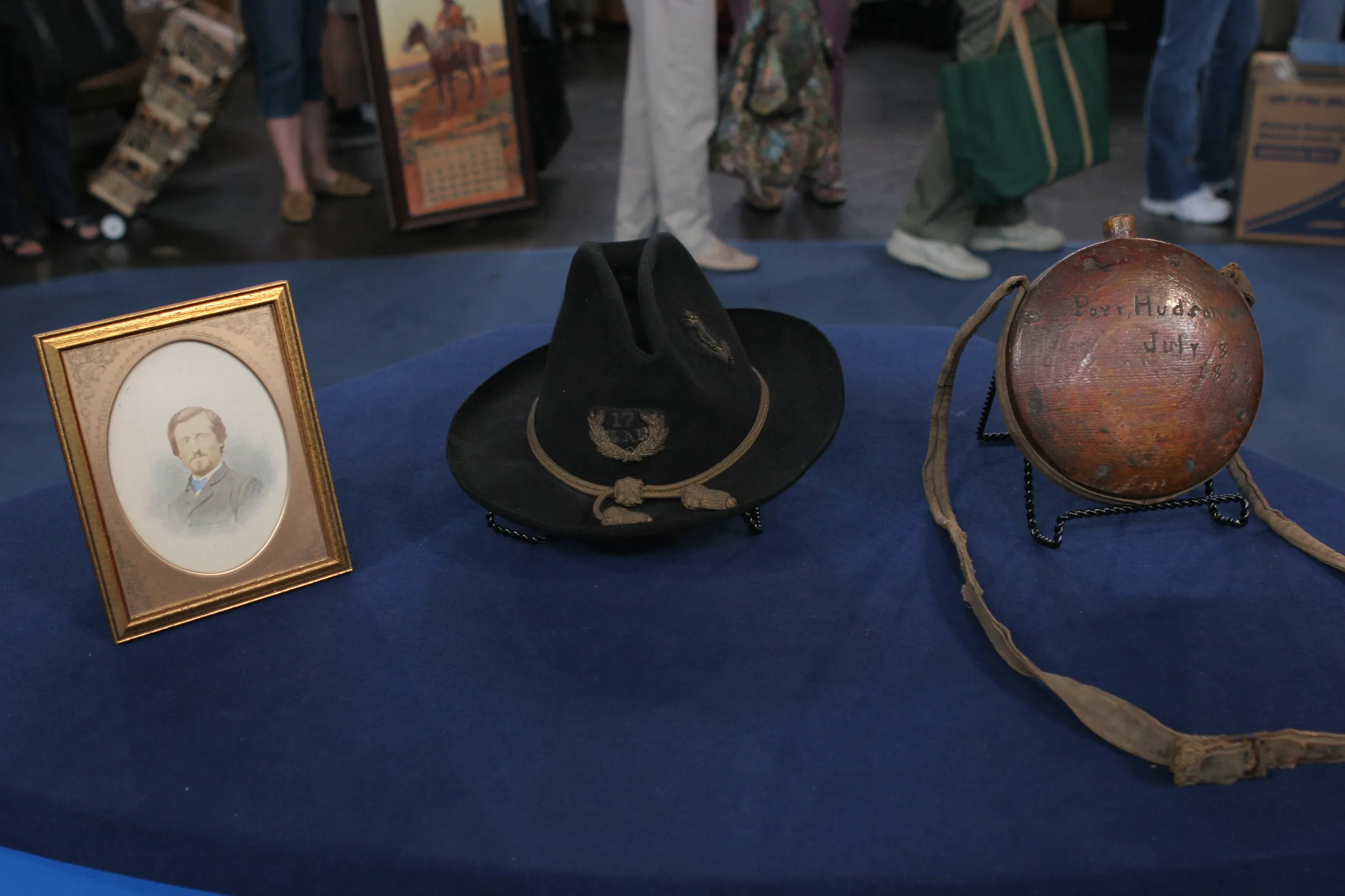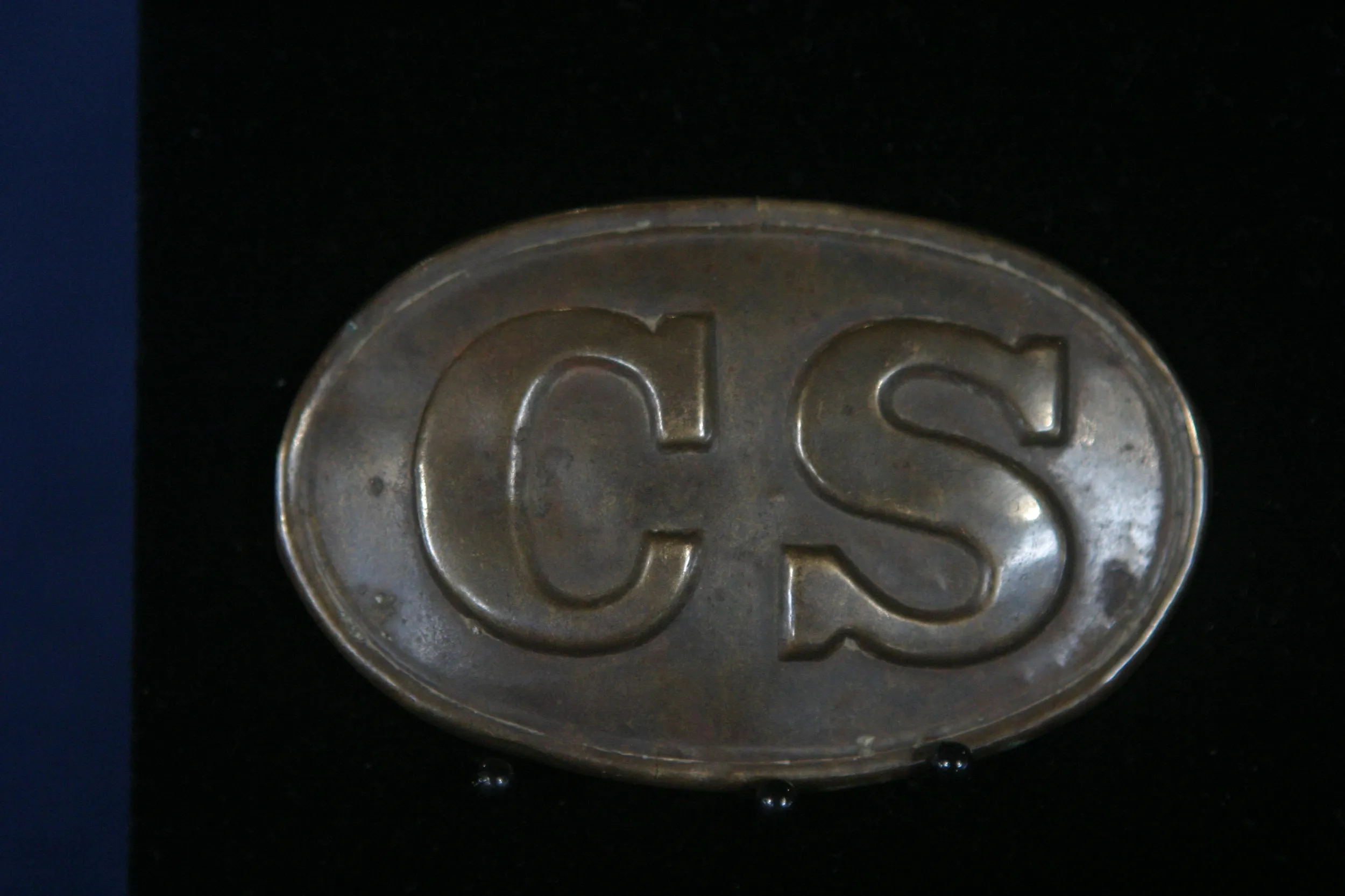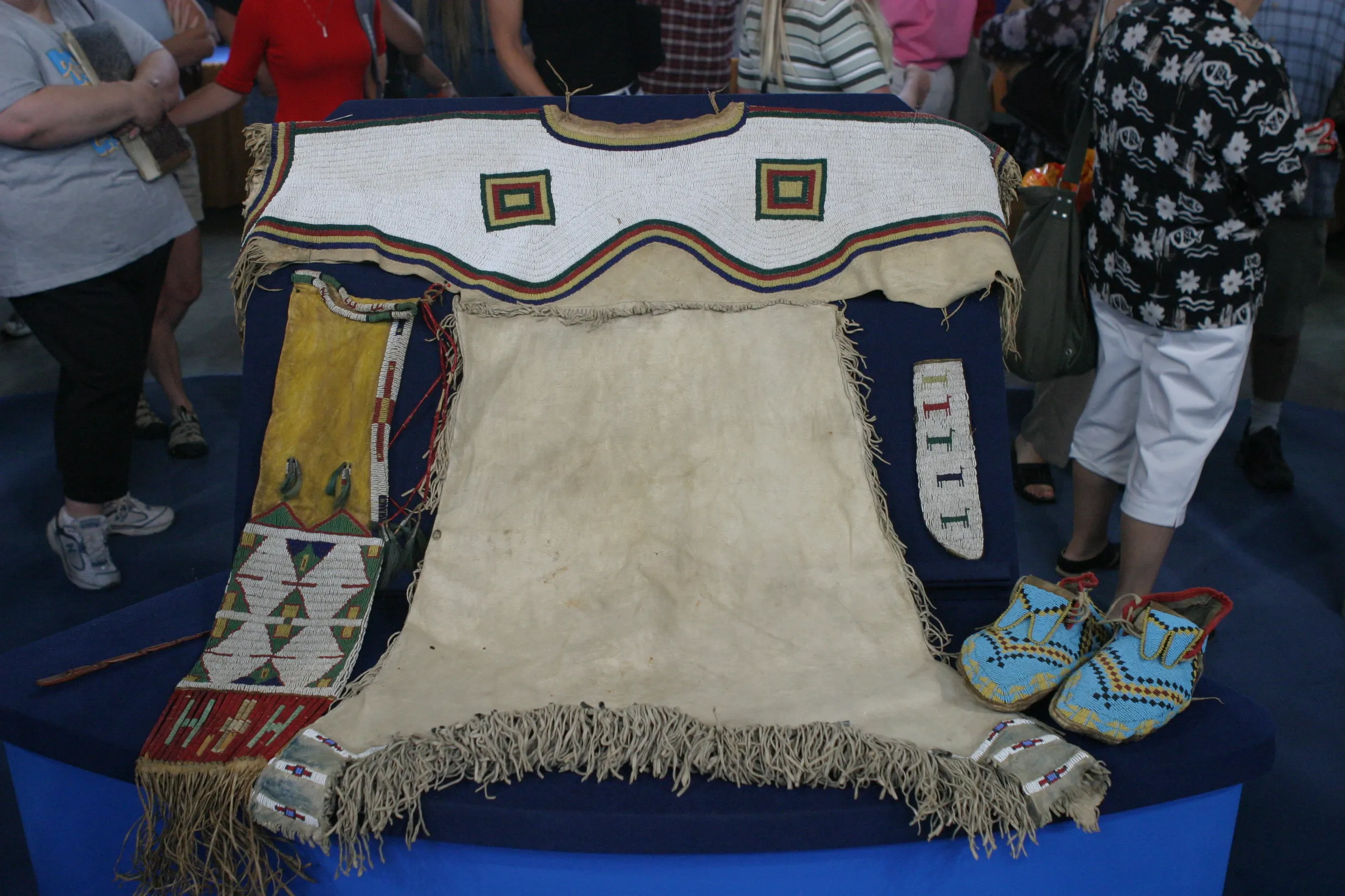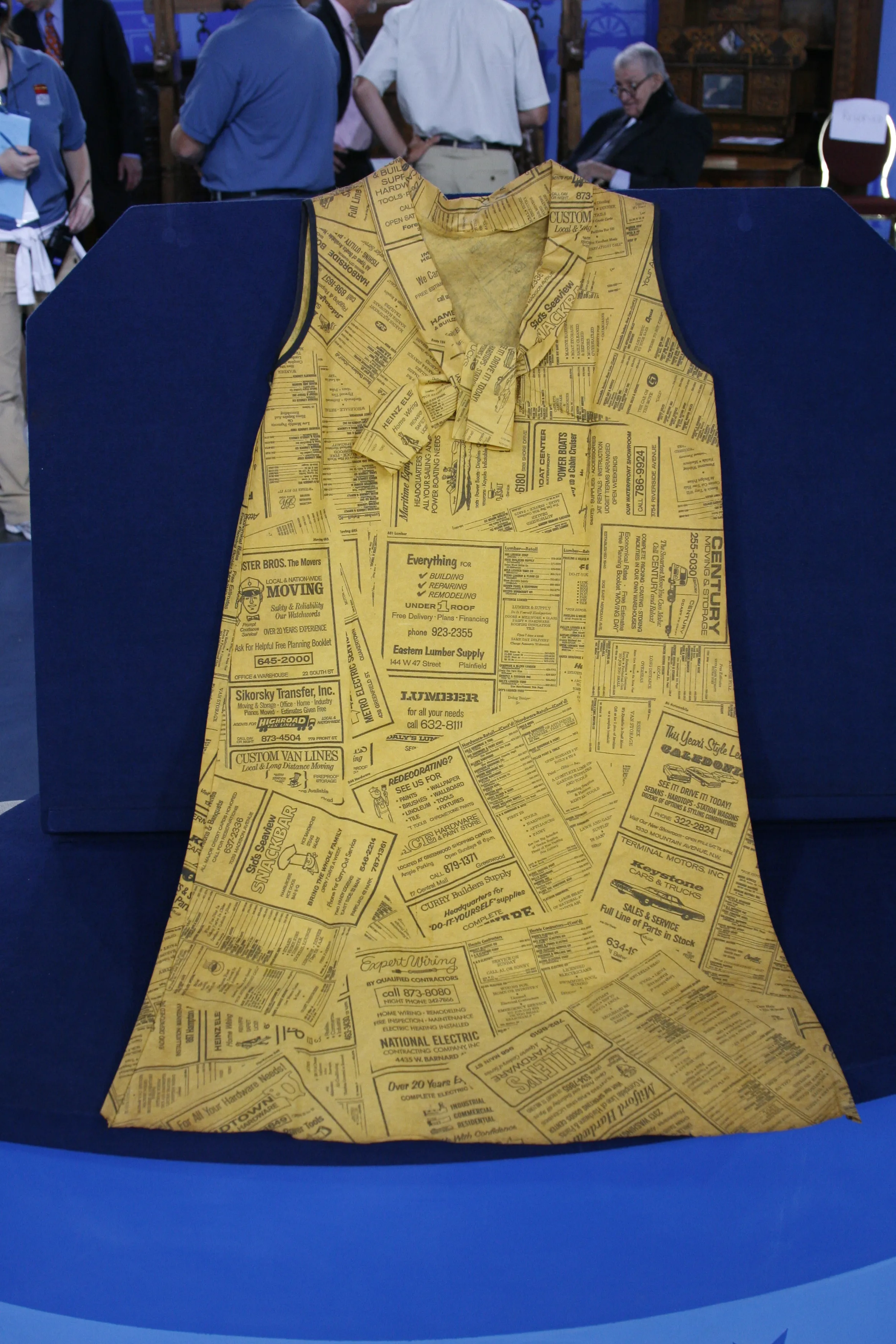GUEST: It's a costume that was worn in a show by Sonja Henie. And I've traced it back to 1941, 1942...
APPRAISER: Wow.
GUEST: Which I believe is the first time that she did the hula, and the hula became a signature piece for her. I mean, it just brought down the house.
APPRAISER: Sonja Henie costumes don't come up every day. How did you find this?
GUEST: I'm a collector of all of the ice skating shows. Well, a friend of mine here in Minneapolis was a very serious collector of Sonja Henie, so we got to be friends and rivals. And he had a very large group of her costumes, but he passed away and left them all to me...
APPRAISER: Wow.
GUEST: So now I have ten of Sonja Henie's original 1940s show costumes. I was lucky enough to see her personally in five different years of her show.
APPRAISER: She died relatively young, at 57, of leukemia, so you're very fortunate. And what in particular-- because there have been many great skaters over the years-- drew you to Sonja Henie?
GUEST: Well, I was a little kid-- I think I was 11 years old and living in Enid, Oklahoma-- and I went to the local movie theater and I saw this film with ice skating for the first time and they were on a black ice that was covered in water that was like a mirror, and they were all dancing and gliding and spinning on it. I said, "That's the most incredible thing I ever saw in my whole life. I have to do that."
APPRAISER: Wow.
GUEST: So I knew where I was going to go from age 11.
APPRAISER: She inspired you.
GUEST: So she inspired me.
APPRAISER: People don't realize before a certain age that she won ten world championships. She was a child prodigy in Norway. Her parents realized she was and got her training at an early age. She won her first championship, I think, as a junior, at ten years old. She won her first world championship in 1927 and then won the next ten. She won three Olympic gold medals...
GUEST: Nobody has come close.
APPRAISER: 1928, 1932 in Lake Placid, 1936 in Berlin, and really became the first female athlete besides Babe Zaharias to parlay her athletic fame into a film and a show career. Darryl Zanuck signed her to 20th Century Fox in 1936 and she became an instant hit. In fact, it's been written that she was the second most popular box office draw in the late '30s, early '40s behind Shirley Temple. And she became really the first female athlete millionaire. But she didn't just skate, you know. She also was an amateur racecar driver who finished second, she was a ranked tennis player, she was an equestrian, and she was a swimmer. She was amazing. And it's been estimated that she made, at the height of her career, more than $2 million a year. Now, we take a look at this costume. She was the first one to wear costumes above the knee, which, of course, was very risquè at the time. She was also one of the first to wear white boots, and she was also the first in her ice shows to develop choreography. We've got the nude undercoating, which of course from far away you can't see. We've got beading on the bottom, we've got rhinestones here, we've got sequins, everything that you could possibly want and imagine for the hula dance, which, in this photo, we can see her wearing the outfit. Now, when we look at costumes such as this, we look at what the importance is, and we also look to see if there is documentation. Now, there were a number of Sonja Henie costumes that were sold in 2010, and they actually sold for about $1,000 to $1,500 apiece. But here's the difference. They did not have photo documentation. You couldn't tie them to a specific show or a specific dance. So in looking at this and looking at the photo that gives the provenance and the actual documentation of her wearing it. I would put an auction estimate of, say, $3,000 to $5,000 on this, and I would place, in that context, a retail or an insurance value of about $5,000.
GUEST: Wow, that's great.
